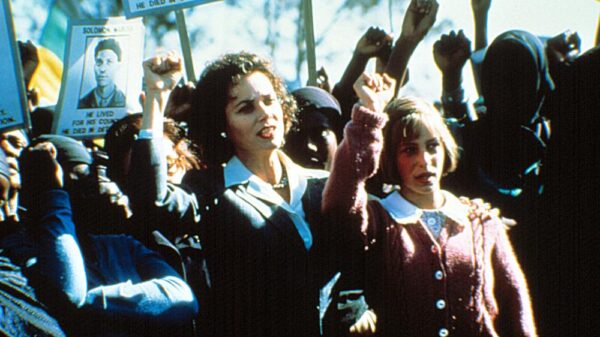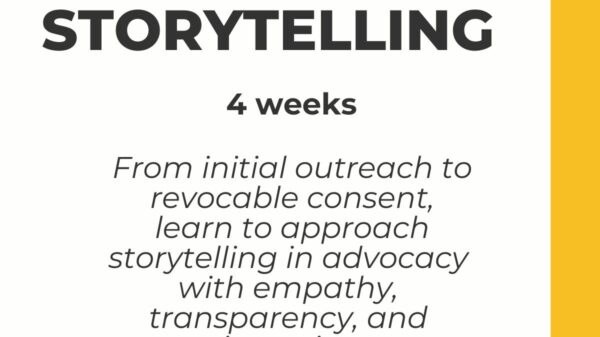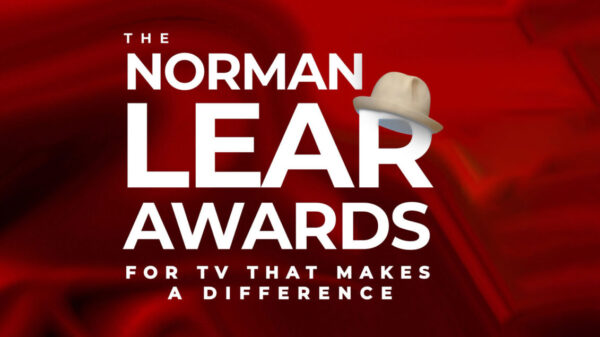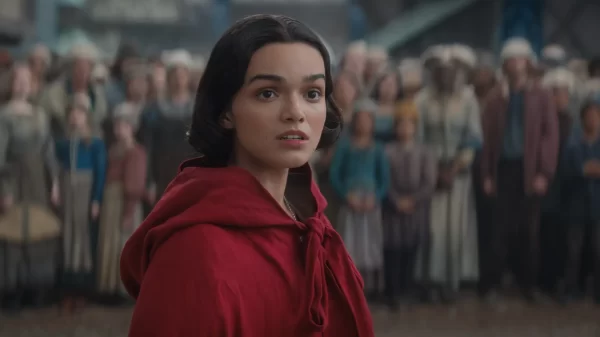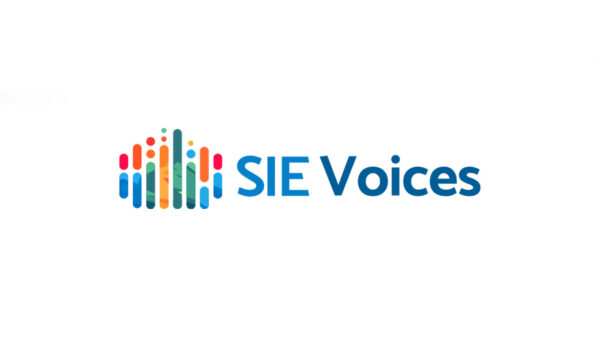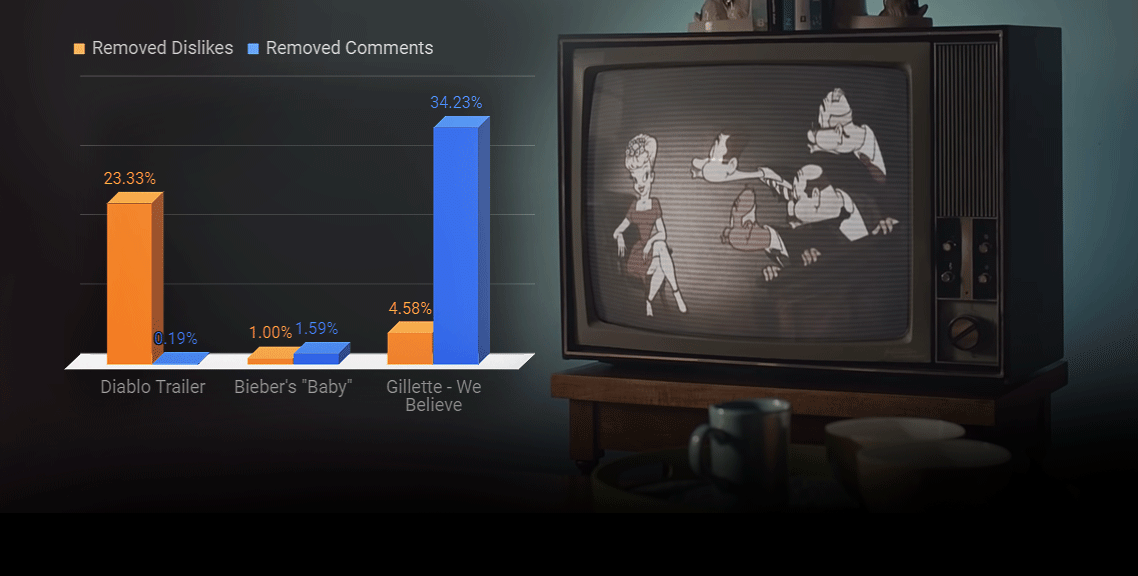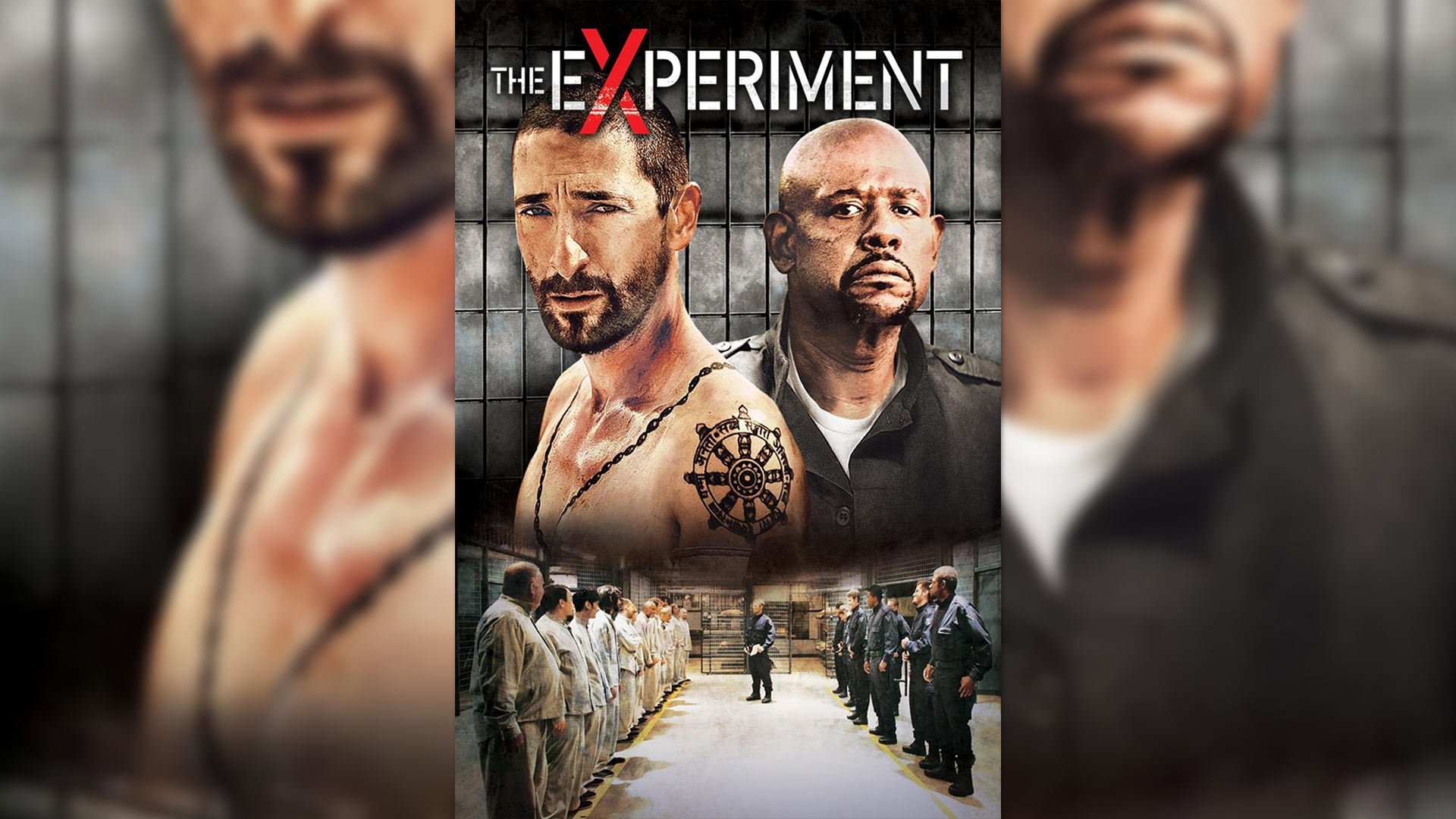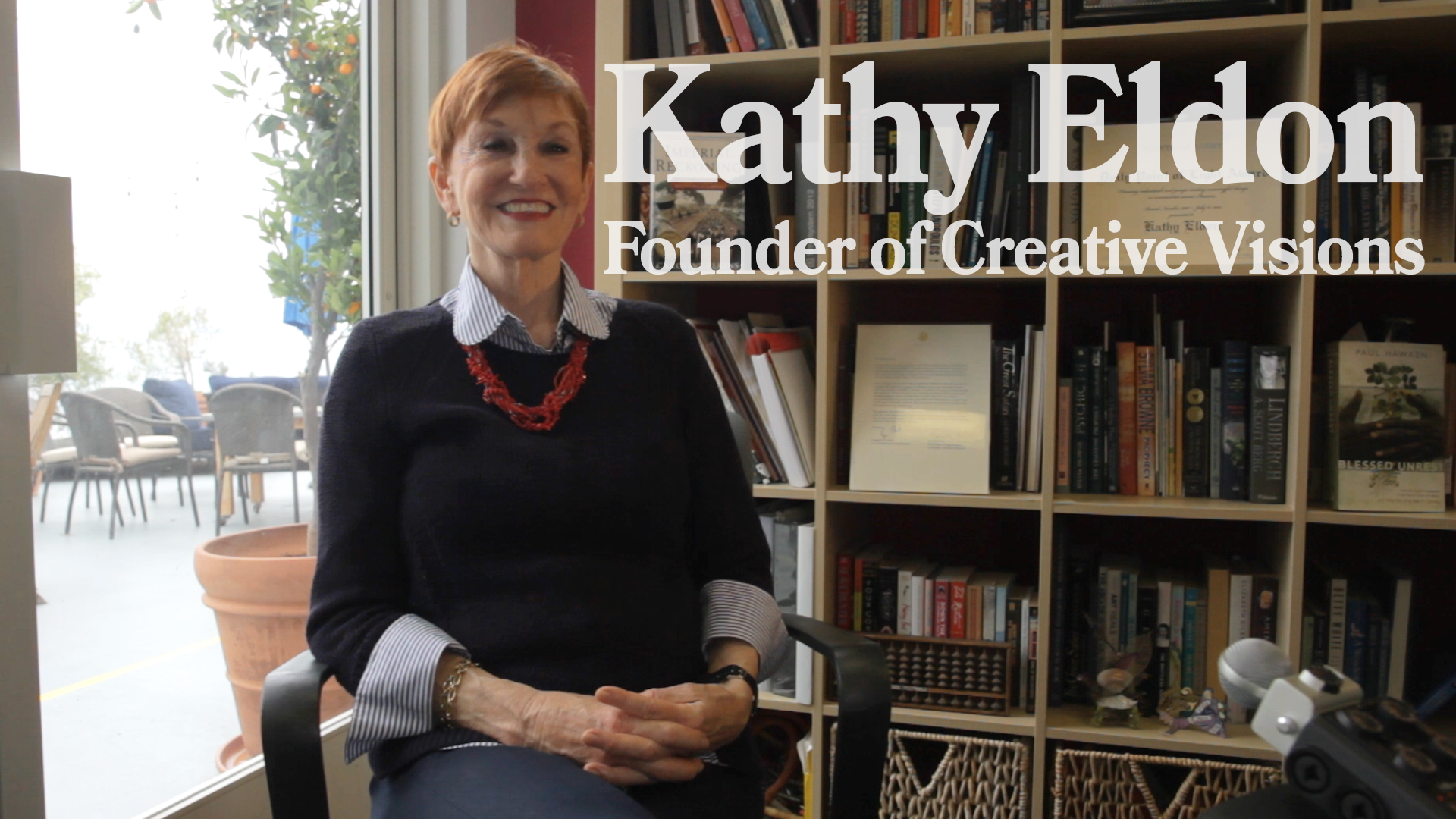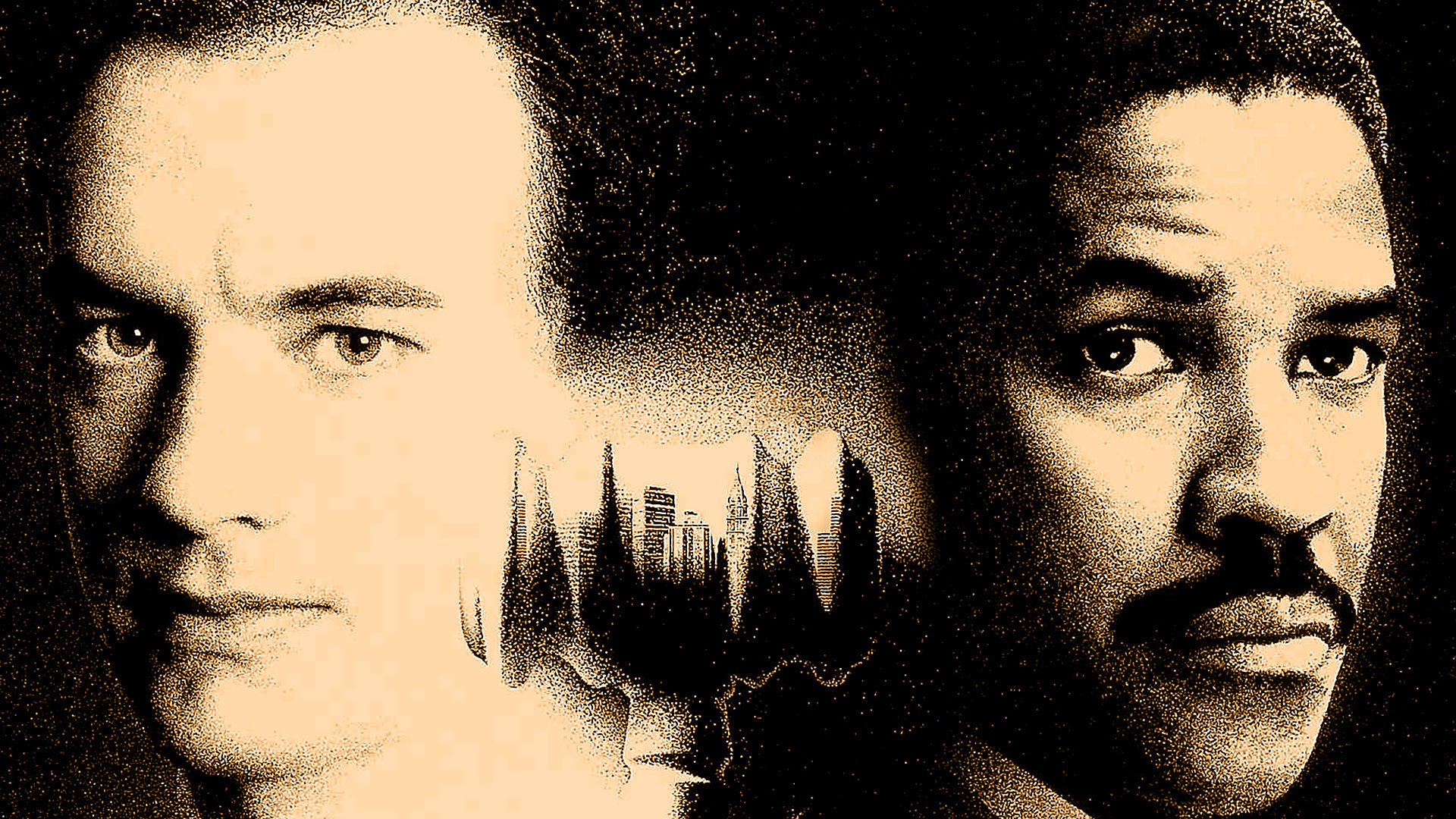The new Gillette Ad. It’s Pepsi #2. It’s poorly executed, laden with half-hearted strategy, an elephant in the China shop of gender relations.
Numerically speaking, it’s not what it seems to be either. 34% of the ad’s comments were deleted, far more than other videos in similar dislike territories. Gillette’s account might just have set the YouTube proportional record for deleting comments on a single video (the absolute record goes to YT’s own Rewind 2018).
Taking Count – What Numbers Are Real on YouTube?
There have been repeated claims, mostly by YouTube commentators, that dislikes and comments were deleted. Another claim group was that the proportion of likes to dislikes seemed manipulated since it changed from a 10:1 ratio to a 2:1 ratio within days. Some outlets picked up the story, but nobody dove much deeper than a few screenshots. Well, after a few days and 3.000+ measurements we have answers for you.
With the help of YouTube’s API and Archive.fo’s screenshots of the video’s public numbers, we were able to test the claims of whether Gillette’s dislike and comment count were being subject to unusual moderator deletion.
Before we ask that though, it’s important to know how much moderation usually goes on in other controversial videos. If it’s common to delete a certain amount of comments/dislikes, then the criticism of Gillette isn’t directly fair – it’d just be part of the YouTube ecosystem. To get a litmus test of “how common is comment/dislike moderation in similarly controversial videos”, we used a few close neighbors in the List of most disliked YouTube videos as comparables and measured the front-end/back-end discrepancy.
One of them was a “Diablo” game trailer that also received criticism that the publisher had deleted comments and dislikes. Our research was simple – we made API queries to YouTube’s server back-end over the course of a few days while manually transcribing screenshots of the front-end from Archive.fo for similar time spans. While YouTube’s server keeps all video interactions on record, even fraudulent or bot-based ones, the public front-end is influenced by a filtering mechanism that hides certain interactions.
Claim 1: The Gillette Ad Had A Manipulated Growth Pattern
There was nothing really unusual about the growth pattern of likes and dislikes in the Gillette video while we were measuring it. But we started measuring server data on Day 3 of the video being public – the first 3 days we only know from public screenshots, and can project how the deletion pattern must have created a difference.
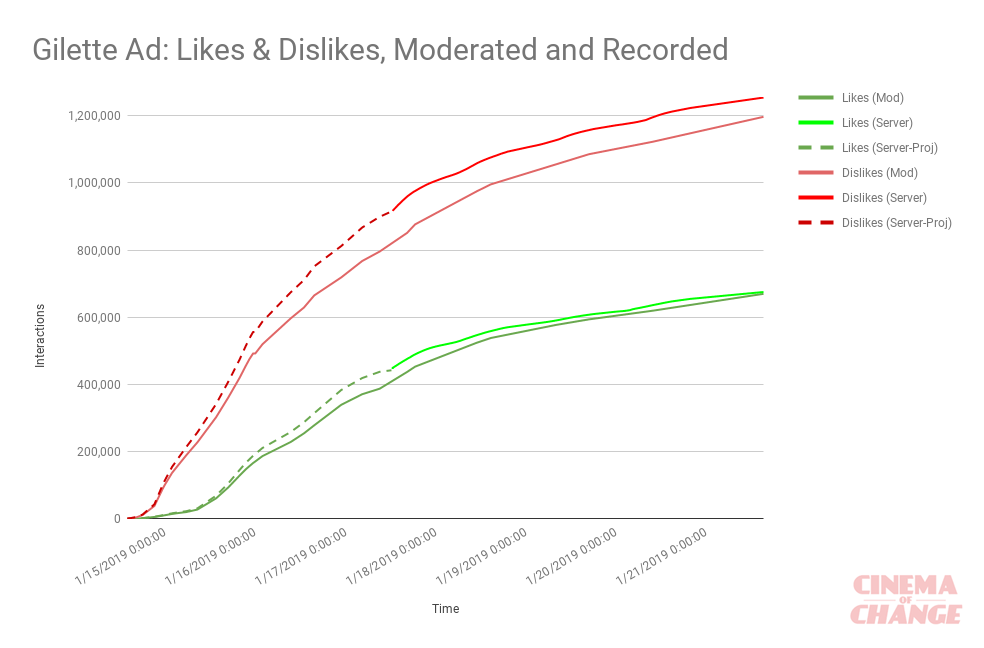
The growth and change of server-side as well as public facing likes and dislikes on the Gillette “We Believe” ad on YouTube.
You can see that in the beginning, dislikes took off very quickly, while likes had a slower growth, but eventually the growth rates approximately equalized, so now there’s a constant 500k lead on dislikes to likes. This is a simple explanation for the changing ratio from 10:1 to 2:1, and we have reason to believe there was no foul play at work there.
Interestingly enough, while there are more dislikes than likes that were hidden by moderators, the likes count disparity shrinks as time goes on, essentially un-hiding likes again. This might be a technical glitch, since a similar shrinkage of hidden dislikes seems to be going on as well.
The archival data only records public likes and dislikes, not comments – so we aren’t sure about the comment deletion pattern over time.
Like data? Take a look at the public spreadsheet.
Claim 2: A High Number of Dislikes and Comments Were Deleted
What was far more surprising to see was the comparison to other highly disliked videos. The server queries resulted in two real outliers – Diablo’s massive deletion of dislikes, and Gillette’s outstanding number of comment deletions. While Blizzard eradicated 220k dislikes on its Diablo Immortal trailer (that’s 23% of the total) from public view (Gillette only deleted 5%, slightly above average), Gillette deleted a whopping 34% of its comments – 172,000 comments to be precise. This is closely followed by YouTube’s own 2018 Rewind video, which has 21% of its comments removed and is the most-disliked video in YouTube history.
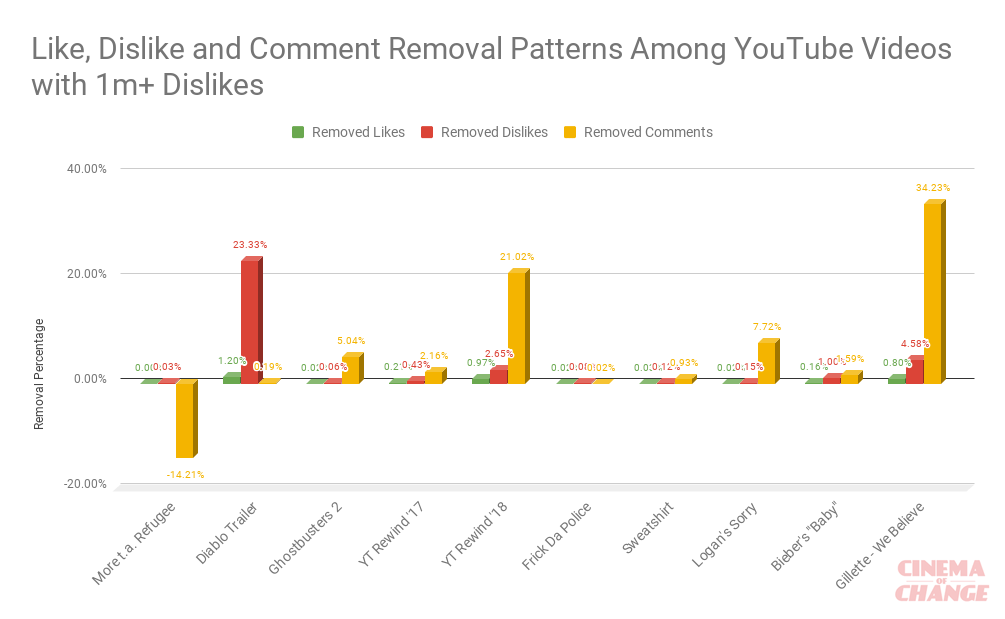
Gillette deleted a potentially historic fraction, 34%, of its comments on the “We Believe” video. Blizzard removed 220,000 dislikes on its worst received game trailer, and YouTube banned 21% of the comments on the latest Rewind video.
Here’s the underlying spreadsheet for that data.
There’s a reasonable argument that the comments on Gillette’s ad were so hateful that they had to be deleted, and the primary fuel to that fire would be the implicit attack on men in general, or the explicitly feminist message. The argument is solid when examining anti-feminist culture on YouTube; Feminist Frequency has their comments and likes disabled since the Gamergate controversy (also on server side), the most-watched pro-Feminist video is a TED Talk and has about 3,000/15% of comments deleted. Then again, semi-viral videos that would fit the “men will feel uncomfortable” category, like the Billie Bodyhair campaign or 10 hours of walking in NYC as a woman or #ustoo PSA, don’t have strong deletion patterns (approx. 1-2%).
If we want to know why Gillette proportionally deleted more comments than anyone else in that league, there’s only one way to know: For Gillette to give the public some insights in what their deletion policies looked like.
Note 1: “More than a Refugee” somehow has more comments publicly displayed than the server-side API query counted – I’m not sure how that’s even technologically possible.
Note 2: After talking with a number of large-channel YouTube managers, I was told that it was not possible to delete dislikes. Well – Blizzard’s 20% dislike deletion shows that YouTube makes exceptions.
Not Just Numbers – Let’s Talk Impact
After analyzing the numbers on YouTube engagements, the question to ask is: How did this happen? Why was the blowback so severe? Gillette was in a unique position to turn the gender relations conversation into a very engaging campaign that would have mobilized people positively. But they didn’t. Instead of focusing on progress, they focused on ambiguous, polarizing messaging.
In short, the “We Believe” ad was a waste of Gillette’s potential. And here is why.
I am all for purpose-driven marketing. I spend day and night thinking about and actually producing impact-driven content. And when that kind of advertising is done right by big agencies, it’s really quite incredible to watch positive impact unfold.
Well-Executed Campaigns as Primers
Take the Kaepernick ad by Nike. It asks people to dare to “dream crazy”, and took a political stance against the oppression of black people in the U.S by featuring Colin. That gamble played out well; the backlash was outweighed by support, and the market responded positively for a good run.
https://www.youtube.com/watch?v=Fq2CvmgoO7I
.
Or remember the Winter Olympics ad, “Proud Sponsor of Moms”? Guess who did that. P&G, parent company of Gillette. Everyone loved that. And in case you don’t watch much advertising, they did more of those, with bold themes and increasingly diverse casting.
P&G followed it up by tastefully celebrating black people’s identity and appearance with “Dear Black Man”:
.
Patagonia didn’t even use a video – they just turned their website dark and said “The President Stole Your Land” as a response to Trump’s threatened shrinkage of National Parks, and then sued him. The market liked it.
There are countless other examples of brands choosing more aware, purpose-driven marketing campaigns.
Watch at least a few of those above to get a primer of “what works”.
What all of them have in common is that they picked an impact area that was either agreeable to most their viewers, or close enough to their company ethos that controversy wouldn’t erode their loyal, primary customer base.
How Not to Do It: Gillette Ad & Pepsi Ad
Now compare this with the below:
Pepsi – “Jump In”:
https://www.youtube.com/watch?v=dA5Yq1DLSmQ
Gillette – “We Believe: The Best Men Can Be”:
https://www.youtube.com/watch?v=koPmuEyP3a0
.
Pepsi co-opted a social movement with a reality TV character and then preached unity when the world looked starkly divided. And even though some Pepsi drinkers might also watch the Kardashians, they saw through the half-hearted charade: Pepsi had nothing to do with activism, period. It was an “out of the blue” decision to capitalize on something happening in the world, and it felt fabricated.
Gillette did the same. Gillette has nothing to do with feminism, or with anti-bullying. Someone at Gillette decided to make this a cause out of the blue.
Gillette co-opted legitimate movements and issues like #metoo, but instead of sheepishly celebrating a soda version of a harsher reality like Pepsi did, it opened with s bad apples as representatives of its core base without delineation, and then sprinkled in a sugar coat of suggestions for all men on how to be better. Nothing new there, it’s just political now.
As a reality check, “toxic masculinity” is a pretty confusing nomer for negative aspects of masculinity. A Gillette ad for women opening with “Abusive women” wouldn’t work just like a US Army ad opening with “Un-patriotic Americans”. The conflation of two words creates ambiguity outside of an academic debate – is the adjective-noun pair describing the quality of the noun, or is it referring to a sub-part of the noun that matches the adjective? To further go into a grey zone, the “toxic” voice over is largely drowned out by “harassment” in the ad, resulting in a “sexual harrassment masculinity” sound upon first listen.
We’re not on a college campus dissecting word pairs here – we are in the world of impact-driven advertising to mass audiences, and you can’t afford ambiguity in this arena. Anyone that looks past these sloppy linguistic choices is providing Gillette a biased playing field.
.
The rest of the video is full of caricatures of bad men mixed with normal men, and an eventual return to “being the best”.
But by then, the base has tuned out, and Gillette has lost. Not only many of their customers, but an opportunity: To actually reshape and contribute to masculinity. To actually make an ad that men will watch, will love, will share, and will actually make them better men. An ad that all men can agree with, without reservations. An ad that doesn’t open with bad apples as representatives. An ad that encourages men to be present in their boys’ lives. A campaign against bullying.
Something that every man can stand behind, and a standard that we’re all proud to live up to. But that chance was wasted for something phony.
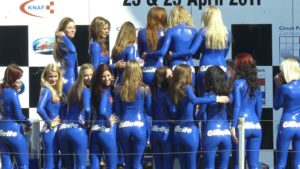
Gillette’s skin-tight ads in 2011 remind us of what the brand used to think about women – and how it appealed to similar sentiments it now criticizes, without acknowledging the hypocrisy.
Looking Inward and Forward to Do Better
Why do so few see the charade here?
Gillette could have acknowledged its treatment of women for the past 100 years and apologized, if they wanted to. Nobody really seems to see the irony in applauding to the feminism of the ad and Gillette’s unacknowledged past in contrast.
How about something as complicated as implicit biases by men (like what the boardroom scene tried to address)? Well, they could have done a boy’s version of their Always Ad #LikeAGirl (it’s a bit clunky but the idea is highly effective, and I’m sure it’d have worked with boys too).
All these topics take time and care to implement in separate campaigns. Gillette’s current ad is the impact equivalent of a “YouTube Rewind”, and is heading into similar mashup-dislike-count territory. There have been prior (Harry’s) and later (Egard) attempts to make “men’s issues” themed feel-good ads, but nothing comes close to the “primer” ads on the top, which had an impact edge to them.
A new Adweek Article suggests that the ad was primarily meant for women in the first place, to change their perception of shaving from “disgust” to “joy”. It’s a bit questionable to criticize men as a vehicle to position the brand better for women.
Doing ads that honestly criticize without alienating – that is hard. To Gillette’s credit, they at least failed at something challenging – and that is brave.
Non-Profit Tie-Ins Need Care, Not Just Cash
To finish on a slightly hopeful note – it’s wonderful that Gillette decided to donate $1M to the Boys & Girls Clubs of America. Awesome. But that’s all that Gillette had to say on their new thebestmencanbe.org website. No roll-out, no strategy, no content, no pipeline – just a promise of money and a single link to a great nonprofit. That’s the laziest impact follow-through effort I’ve seen in a long time. Sloppy ad, good nonprofit choice, obvious lack of involvement in the actual impact.
Gillette is a big company, and they can absorb a blow. 1.1M dislikes on YouTube isn’t even close to what Justin Bieber gets. But unlike Gillette, Bieber’s team left the negative comments rather untouched.
.
In the world of purpose-driven advertising, I like to hold companies, agencies and decision-makers to higher standards. Not a peer-pressured applause for intentions, but well-earned respect for nuanced execution and actual impact.
Because we all can be better.
And Gillette should be the best they can be.


